What is the tolerance range of precision screws?
What is the tolerance range of precision screws?
Service Hotline
+86760-8787 8587We have more than ten years of production experience in the screw industry, the main products are: extended cup head screws, thin hexagonal screw caps, multi-type carbon steel nuts, countersunk head built-in expansion bolts, torx screws, non-standard slotted nuts, national standard Aluminum Profile Square Slider Square T Type Slider Aluminum Nut, D12 Pin Shaft, Extended Screw, Double-sided Tooth Butterfly Anti-Slip, Mechanical Screw, Metric Plug Bolt, Boxed Countersunk Stainless Steel Nut, One Round and One Chamfer Fasteners such as positioning pins, hexagonal thick bolts, etc., due to the different materials and specifications of the products, the prices are also different, please contact us if necessary.


Here Yueluo eliminates the drawbacks. The purpose of Yueluo is to provide a locking screw by which the gap existing between the locking screw and a transverse hole in a locking screw can be eliminated. Yueluo uses a locking screw to achieve the proposed object, which has the features of claim 3 . The line connecting the centers of gravity of the respective axially continuous orthogonal cross-sectional areas of the locking screw is regarded as a line. The advantage achieved by Yueluo can basically be seen that, due to the locking screw of Yueluo, the gap between the horizontal hole of the screw and the locking screw can be eliminated. Other advantages are as follows - the insertion accuracy and surgeon time spent remain within the range to date; - the strength of the locking screw is maintained; and - the extraction of an expired broken screw is assured. The further composition of Yueluo and Yueluo is explained in more detail below by means of schematic diagrams of parts of various embodiments.

rivet is a nail-shaped object with a cap on one end: in riveting, the riveted parts are connected by their own deformation or interference. There are many types of rivets, and they are informal. Commonly used are semi-circular head, flat head, semi-hollow rivet, solid rivet, countersunk head rivet, blind rivet, hollow rivet, which usually use their own deformation to connect the riveted parts. Generally, cold riveting is used for those smaller than 8 mm, and hot riveting is used for larger ones. But there are exceptions, such as the nameplate on the three-ring lock, which is riveted by the interference between the rivet and the lock body hole. In addition, there are paired rivets, which are special. Divided into two parts, the thicker section of the rod with a cap has a hole in the center, and the other section of the rod with a cap is an interference fit. When riveting, drive the thin rod into the thick rod. Most of the existing rivets are connected by overall deformation to achieve mutual cooperation. In the ultra-fine-pitch display screen, the rivets used to fix the ultra-fine-pitch display screen have a slender diameter. If they are fixed by overall deformation, they are prone to bending and breaking. and other phenomena, the tightening effect is not good or there is no tightening effect, which damages the components, increases the cost, and wastes time and resources.
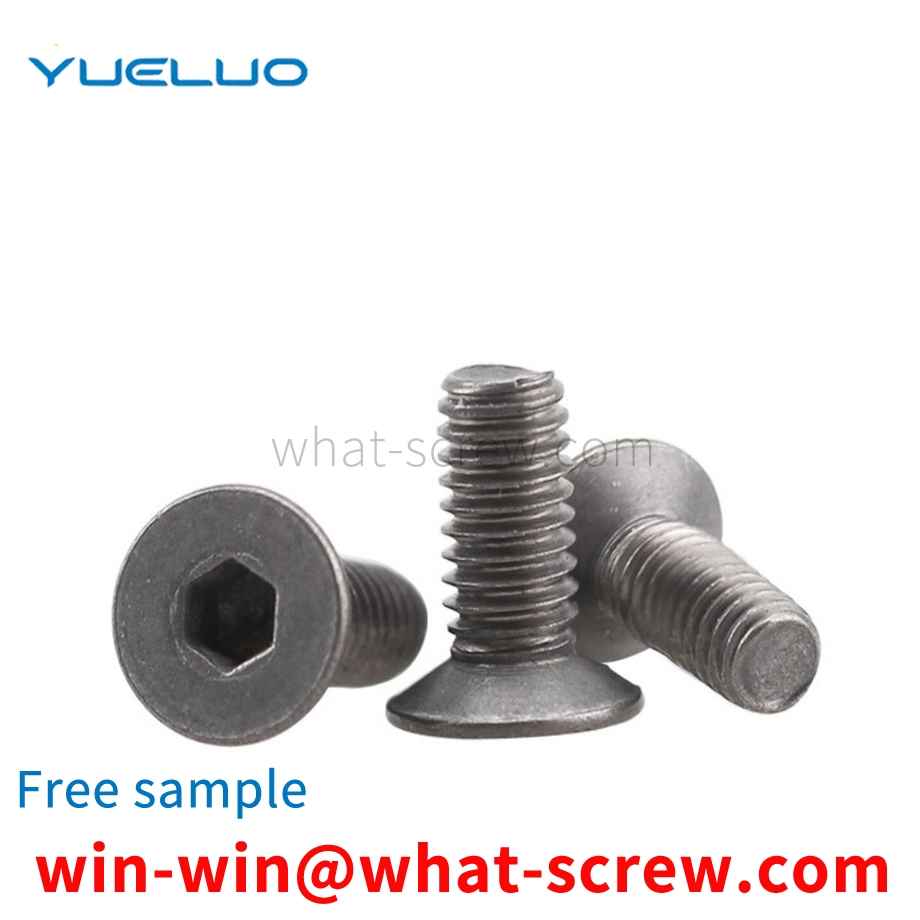
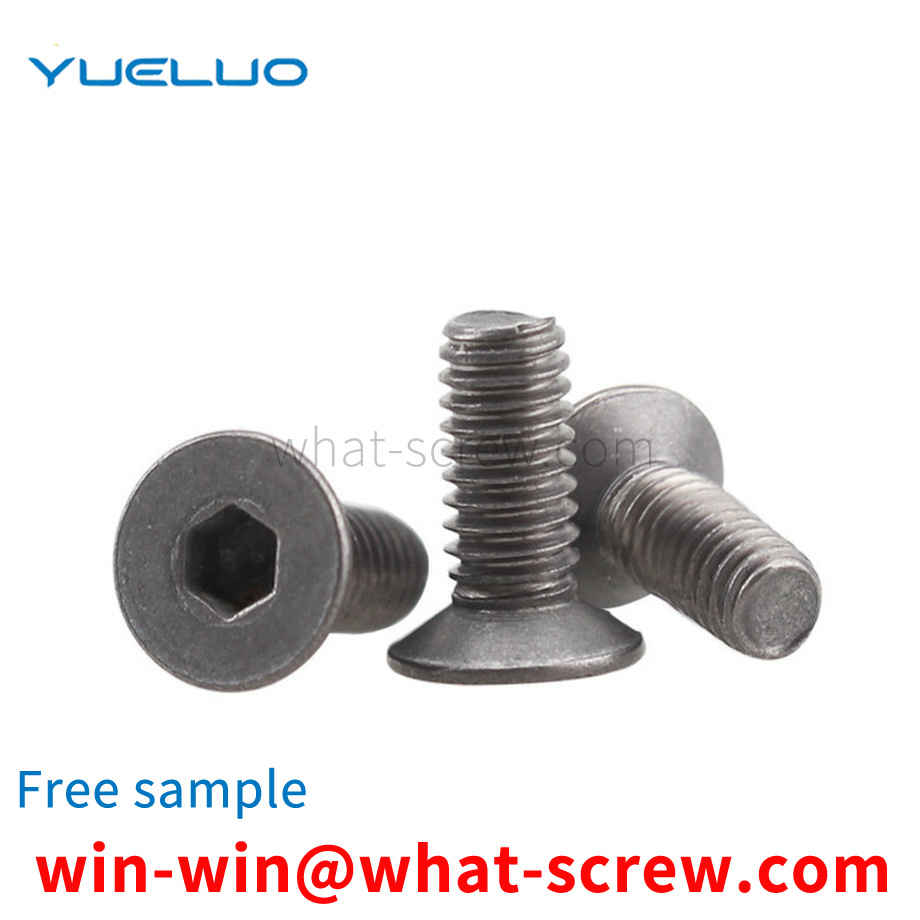
Supporting T-bolts for pre-embedded channels, including hot-rolled pre-embedded channels, the lower part of the pre-embedded channel is provided with a longitudinal opening, and the head of the T-bolt enters from the opening and is clamped in the pre-embedded channel. There are plane teeth at the connection between the buried channel and the T-bolt, and the T-bolt has a tooth-shaped structure matched with the plane teeth. The direction of the teeth is parallel to the slotting direction, and the tooth-shaped cooperation achieves anti-slip effect. However, when the nut tightened on the T-bolt becomes loose, it will cause the T-bolt to move into the embedded channel and lose the toothed fit, thus changing the fixed position of the T-bolt in the embedded channel.
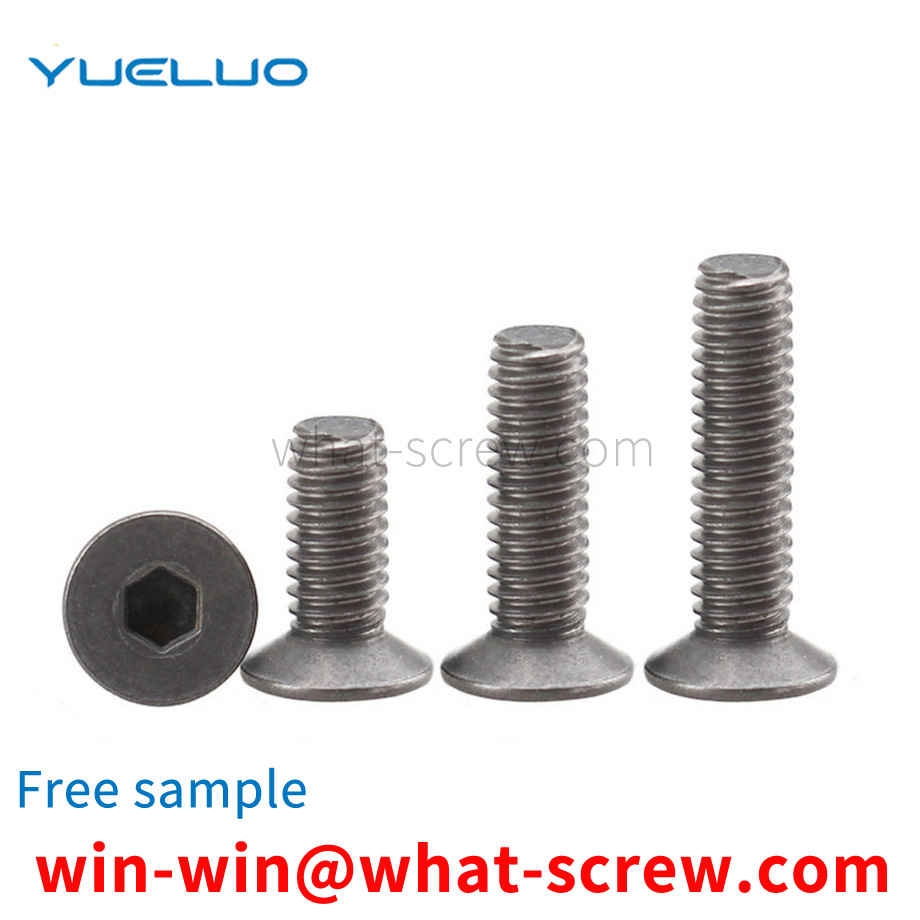
Type 1 nut refers to an ordinary hexagonal nut with a nominal height of m ≥ 0.8D. Its type and size should meet the requirements of GB/T6170; while the height of type 2 nut is higher than that of type 1 nut, its type and size should comply with GB/T6170. T6175. There are two purposes to increase the type 2 nut: one is to obtain a relatively inexpensive nut that does not require heat treatment by increasing the height of the nut. Because D≤M16 grade 8 type 1 nuts do not need heat treatment, among grade 8 nuts, only the specifications of D>M16~39 use type 2 nuts. Obviously, type 1 nuts that do not need heat treatment cannot reach grade 9 nuts. Mechanical property requirements. Another purpose of specifying Type 2 nuts is to obtain a more ductile grade 12 nut. As the height of the nut increases, the guaranteed stress index can be achieved at a lower quenching and tempering hardness, so the toughness of the nut is increased. Classified by tooth spacing: standard teeth, regular teeth, fine teeth, very fine teeth and cross teeth. Classification by material: stainless steel hexagon nuts and carbon steel hexagon nuts, copper hexagon nuts, iron hexagon nuts. Classification by thickness: hexagonal thick nuts and hexagonal thin nuts. Classification by usage: hot melt copper nut, hot pressed copper nut, embedded copper nut and ultrasonic copper nut

The above content is uploaded by Yueluo or the Internet. If there is any copyright issue, please contact [email protected].

What is the tolerance range of precision screws?

How to choose the right stainless steel screw manufacturer?

Why is there an R angle under the head of the hexagon head s...
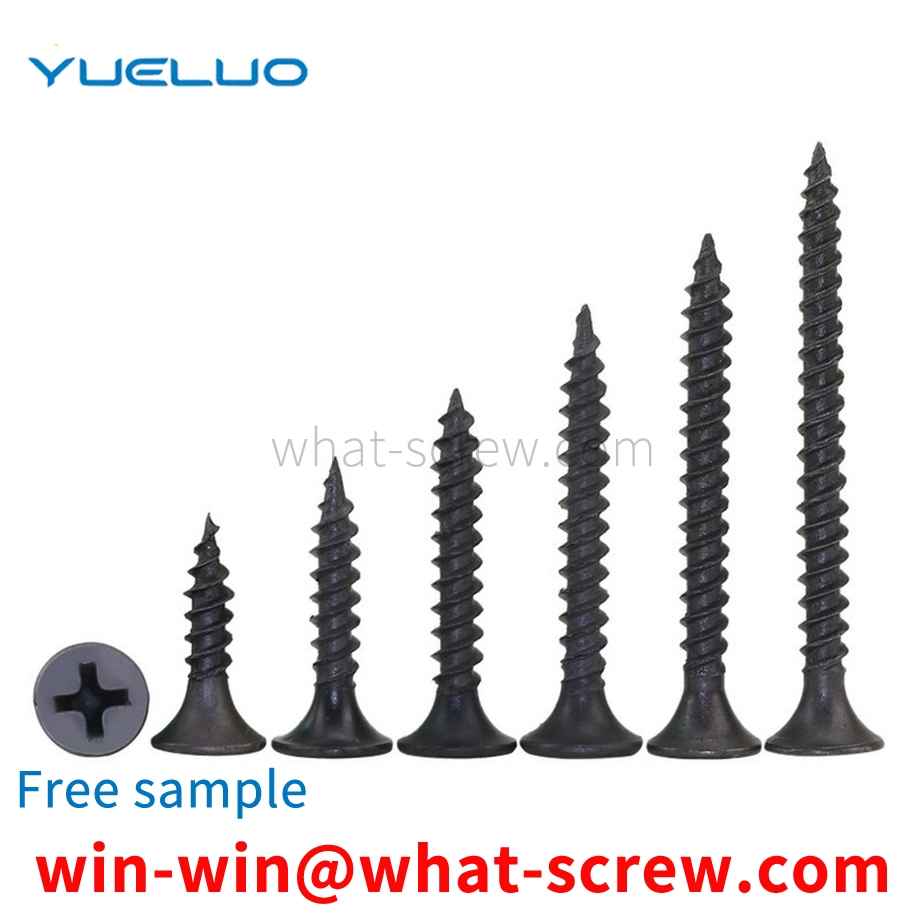
We have more than ten years of production experience in the ...
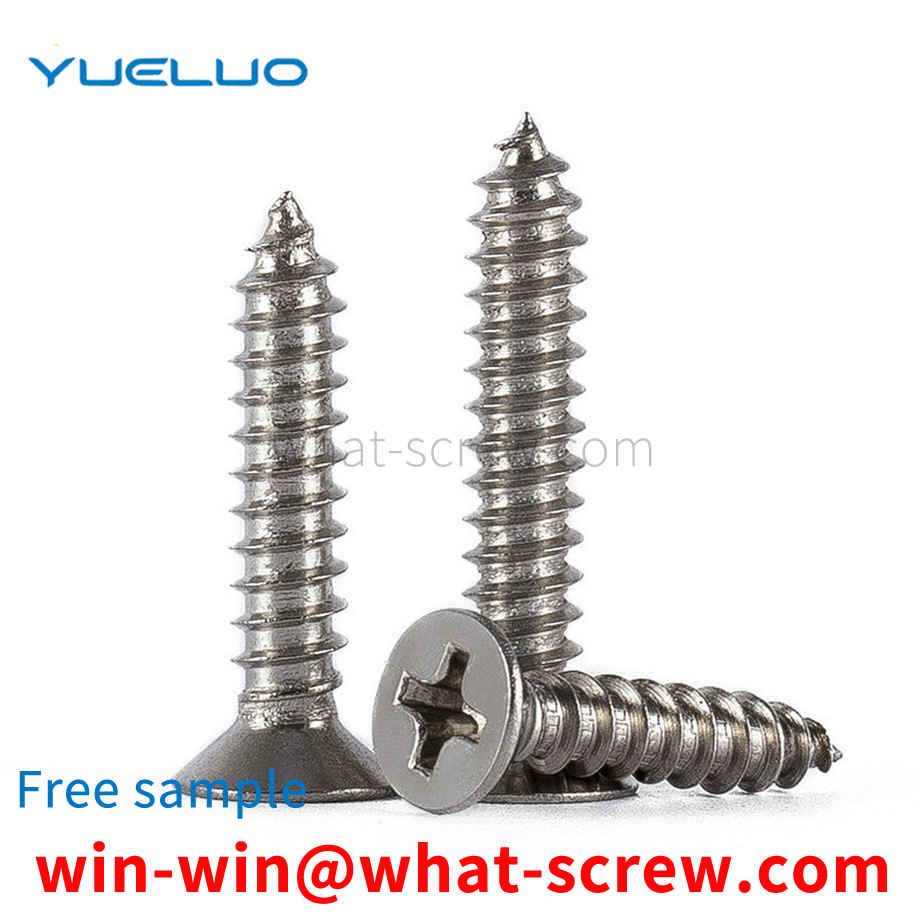
We have more than ten years of production experience in the ...

We have more than ten years of experience in screw industry ...

We have more than ten years of experience in screw industry ...